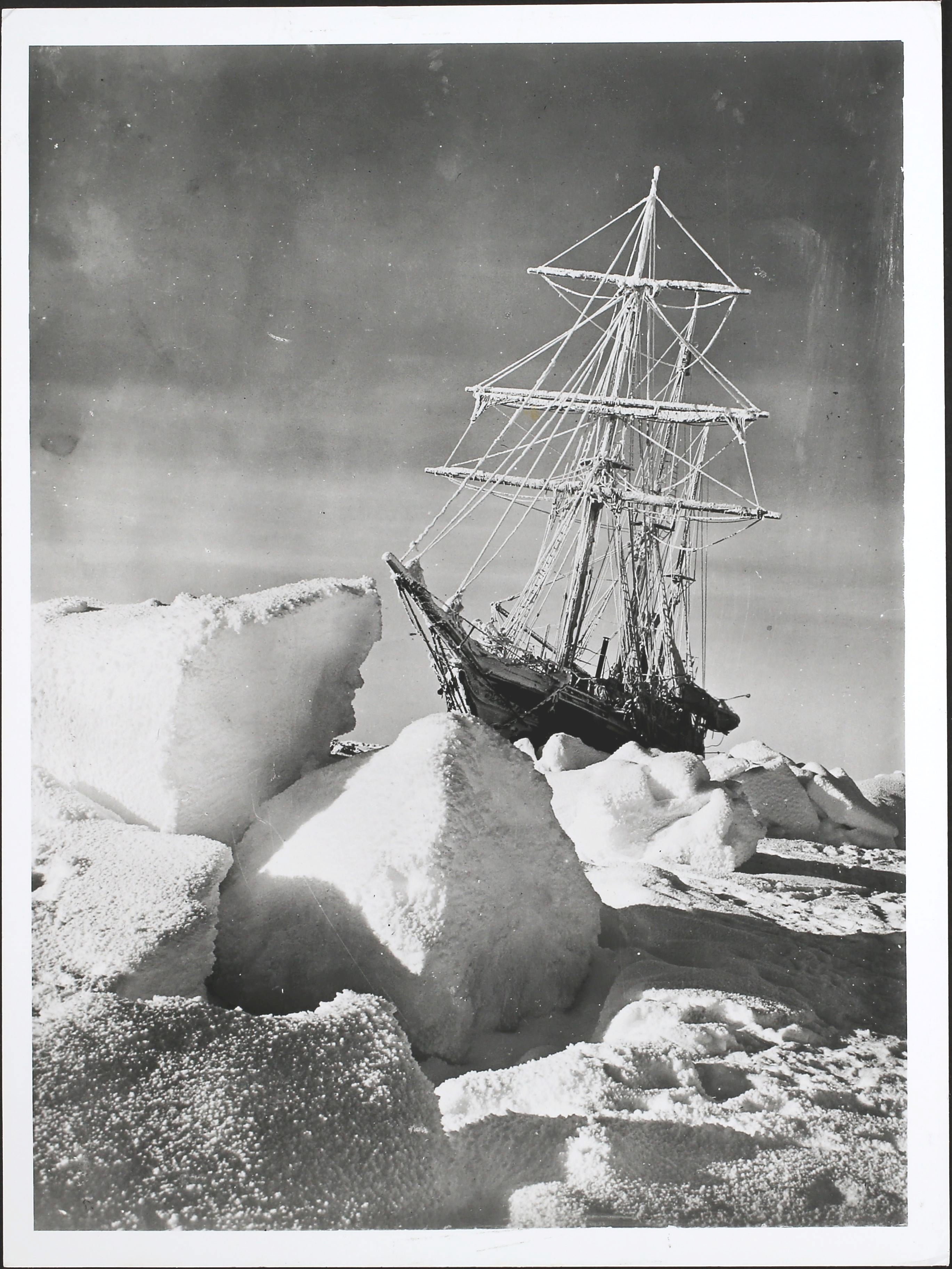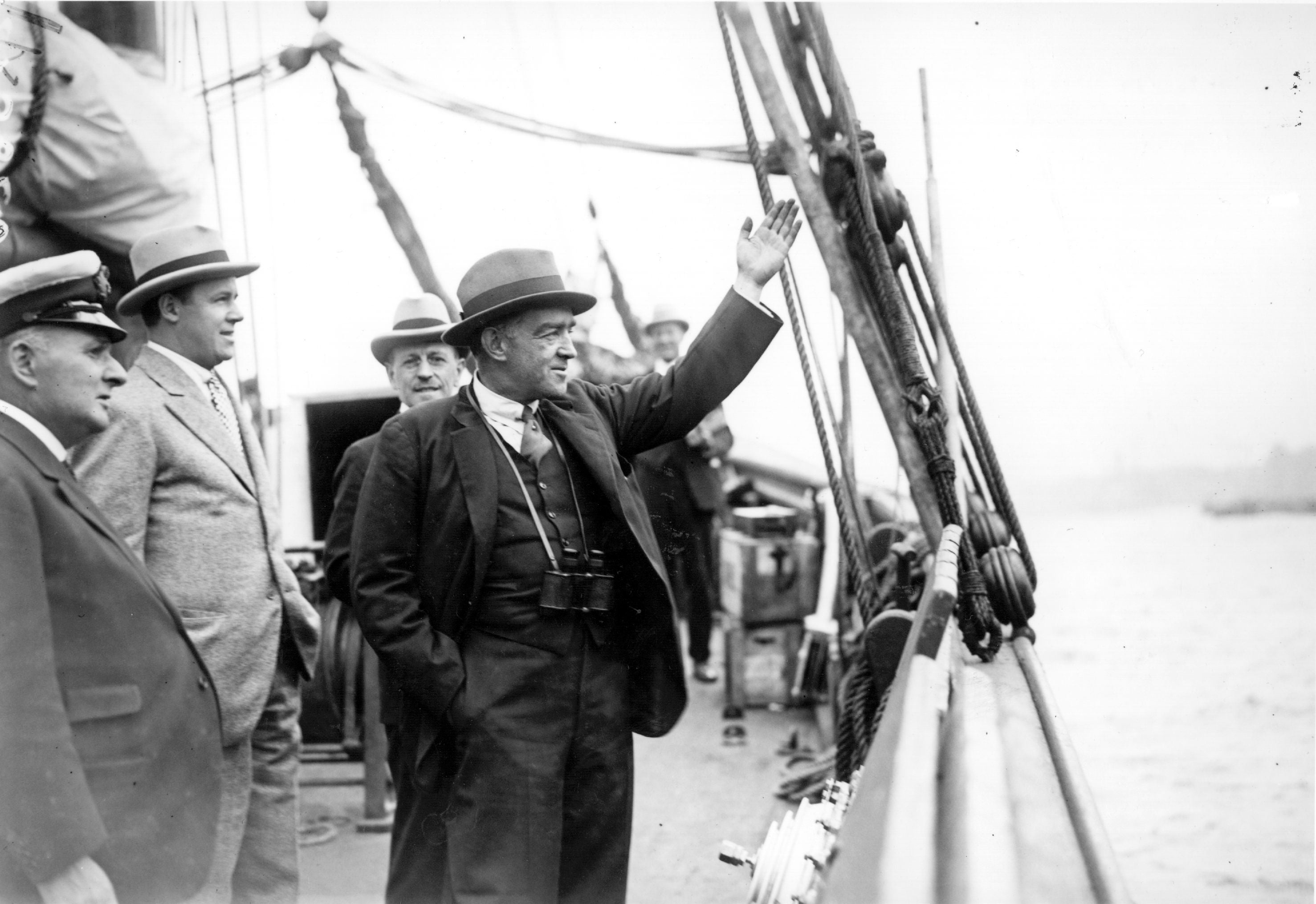The misfortune of the British naval ship HMS Endurance resulted in one of the most famous survival stories of all time. Now, the history of the disaster is being rewritten.
Irish polar explorer Sir Ernest Henry Shackleton kept a crew of 27 men alive for over a year after the vessel became trapped in ice off the coast of Antarctica, fighting blistering winds and freezing conditions.
Despite attempts to free Endurance between January and October of 1915, the ship — which was widely considered the strongest polar ship of its time — eventually broke up in the ice, sinking nearly 10,000 feet into the Weddell Sea. The remains of the ship weren't found until just recently, though.
Now, some 110 years after being stranded, a Finnish researcher says our understanding of Endurance and why it got stuck are changing.
"Endurance clearly had several structural deficiencies compared with other early Antarctic ships," Jukka Tuhkuri, a professor at Aalto University, explained in a statement. Tuhkuri was a part of the mission that found that ship three years ago. "The deck beams and frames were weaker, the machine compartment was longer, leading to serious weakening in a significant part of the hull, plus there were no diagonal beams to strengthen the hull."
"Not only does this challenge the romantic narrative that it was the strongest polar ship of its time, but it also belies the simplistic idea that the rudder was the ship's Achilles' heel," he said.
Endurance was made in Norway three years before the trip and originally named Polaris. The 144-foot-long wooden ship was sold to Shackleton for this mission, known as the Imperial Trans-Antarctic Expedition, in 1914. Shackleton then named the ship Endurance in reference to his family’s motto: “By endurance we conquer.”
On Endurance, he and his crew had been on the way to establish a base in Antarctica. The expedition would also be the first to cross the continent from the northern Weddell Sea to the southern Ross Sea. But, after they became stranded and drifted, Shackleton and his crew found themselves on Elephant Island. When a smaller group then sailed to the South Georgia coast, they found people at a whaling station and organized rescue efforts.
The ship’s rudder, which is the main mechanism for steering, has long been considered the cause of its demise. It was thought that ice overwhelmed the rudder, and Shackleton had written that the ice split the rudder and tore out its post, according to the Royal Museums Greenwich.
But, fresh analysis of Shackleton’s diaries and communications from crew members has shown the ship wasn’t meant to withstand compressive pack ice conditions — and that Shackleton knew of the ship’s shortcomings.
He wrote about Endurance’s weaknesses in a letter to his wife, Emily, and had recommended diagonal beams for another polar ship when visiting a Norwegian shipyard.
That ship also drifted into ice but survived.

“The danger of moving ice and compressive loads — and how to design a ship for such conditions — was well understood before the ship sailed south. So we really have to wonder why Shackleton chose a vessel that was not strengthened for compressive ice,” said Tuhkuri.
So, what do these findings mean for how we, and time, will view Shackleton?
Before Endurance and the Imperial Trans-Antarctic Expedition, he was well known.
Shackleton had already completed two expeditions to the region, leading one.
He is known as someone who took chances and was struggling with financial debt along with a a failing marriage, Michael Smith, author of the book Shackleton: By Endurance We Conquer, told The New York Times. Smith was not involved in the research.

“The scale of this expedition is truly daunting, but he needed something to get his teeth into and he wanted to get away,” he said of the Imperial Trans-Antarctic Expedition.
The adventurer would die of a heart attack just five years later, at the age of 47. He was on board the ship Quest during his last expedition, known as the Shackleton-Rowett Expedition.
Tuhkuri said his findings should not detract from Shackleton’s achievements.
However, they provide a fuller picture of his life.
“We can speculate about financial pressures or time constraints, but the truth is we may never know why Shackleton made the choices that he made,” Tuhkuri said.
Benny Johnson posts AI video of himself as Batman beating up women in sombreros
Southern right whales awe admirers in Patagonia after coming back from brink of extinction
Apple pulls ICE tracking apps after pressure from the White House
Nobel medicine prize awarded to scientists for immune system discovery
How staying in education can help protect you from dementia
Large fossil study challenges long-held idea about human evolution







